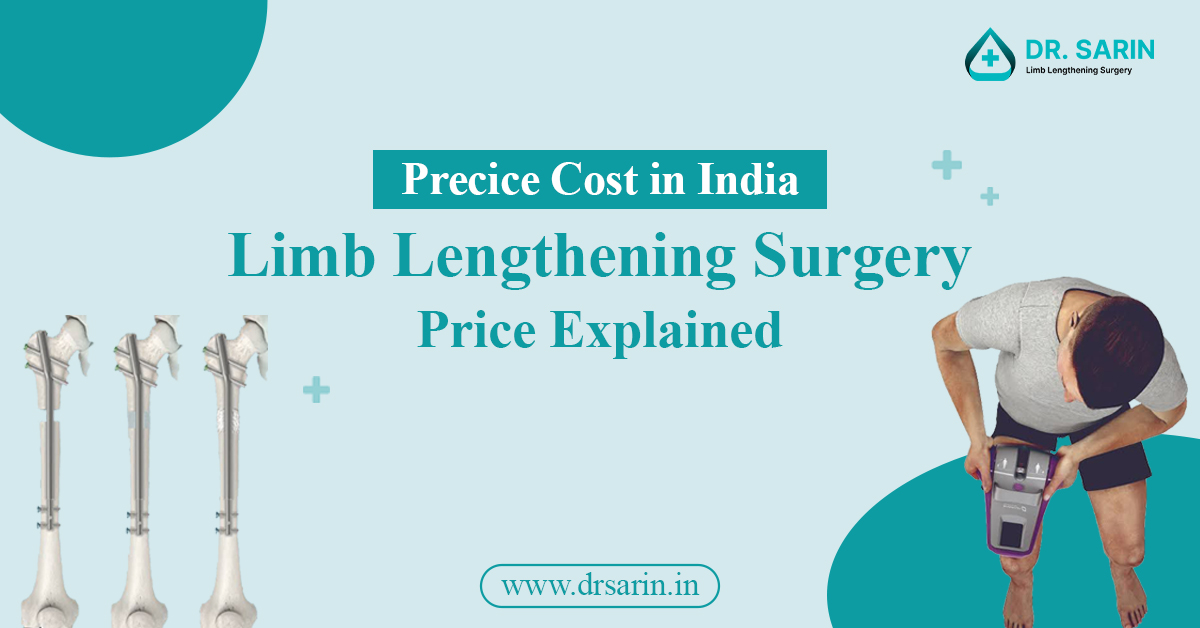What is Medical Lengthening?
Medical lengthening, often referred to as limb lengthening, is a surgical procedure aimed at increasing the length of bones in the limbs. This process is typically used to treat discrepancies in limb length caused by congenital conditions, injuries, or diseases. The procedure involves the use of an external fixator, such as the Ilizarov apparatus, or an internal device that gradually separates the bone segments, allowing new bone tissue to form and fill in the gap.
Medical Necessity
Medical lengthening is performed for several medically necessary reasons:
- Limb Length Discrepancy: Significant differences in limb length can cause functional impairments and issues with posture and gait.
- Congenital Conditions: Conditions such as congenital femoral deficiency or fibular hemimelia, where bones in the limbs are underdeveloped or missing.
- Post-Traumatic Conditions: Severe fractures or injuries that result in shortened limbs due to improper healing.
- Growth Plate Injuries: Damage to the growth plates in children can result in unequal limb lengths.
- Bone Infections and Tumors: Surgical removal of bone affected by infections or tumours can necessitate lengthening to restore normal limb function.
Evaluation and Treatment Decisions
The decision to proceed with medical lengthening involves a comprehensive evaluation:
- Clinical Examination: Assessment of the limb length discrepancy and its impact on function and quality of life.
- Imaging Studies: X-rays, CT scans, and MRI scans to evaluate bone structure and plan the surgical procedure.
- Patient Consultation: Discussion of the potential benefits, risks, and realistic outcomes of the procedure. A psychological evaluation may also be conducted to ensure the patient is prepared for the lengthy and demanding recovery process.
- Multidisciplinary Approach: Involvement of orthopaedic surgeons, physical therapists, and other specialists to create a tailored treatment plan.
Acceptance within the Medical Community
Limb-lengthening procedures have gained acceptance within the medical community due to advancements in surgical techniques and technology. The Ilizarov method, developed in the 1950s, revolutionized limb lengthening and has since been widely adopted. Modern techniques, such as the PRECICE nail, allow for more controlled and less invasive lengthening processes. Research and clinical outcomes support the efficacy and safety of these procedures when performed by experienced surgeons.
Risks and Potential Complications
As with any surgical procedure, medical lengthening carries risks and potential complications:
- Infection: Risk of infection at the surgical site or around the fixator pins.
- Pain and Discomfort: Significant pain and discomfort during the lengthening process and recovery.
- Joint Stiffness and Muscle Tightness: Prolonged immobilization can lead to stiffness and contractures.
- Nerve and Blood Vessel Damage: Potential for injury to surrounding nerves and blood vessels.
- Delayed Bone Healing or Nonunion: Challenges in bone regeneration can result in prolonged treatment or additional surgeries.
- Psychological Impact: The lengthy and demanding nature of the treatment can affect the patient’s mental health and require psychological support.
Conclusion
Medical lengthening is a critical procedure for addressing significant limb length discrepancies and improving patient function and quality of life. While it involves considerable commitment and carries risks, advancements in surgical techniques and comprehensive care have made it a viable option for many patients. Thorough evaluation and a multidisciplinary approach are essential to ensure the best outcomes.
Also Read:



